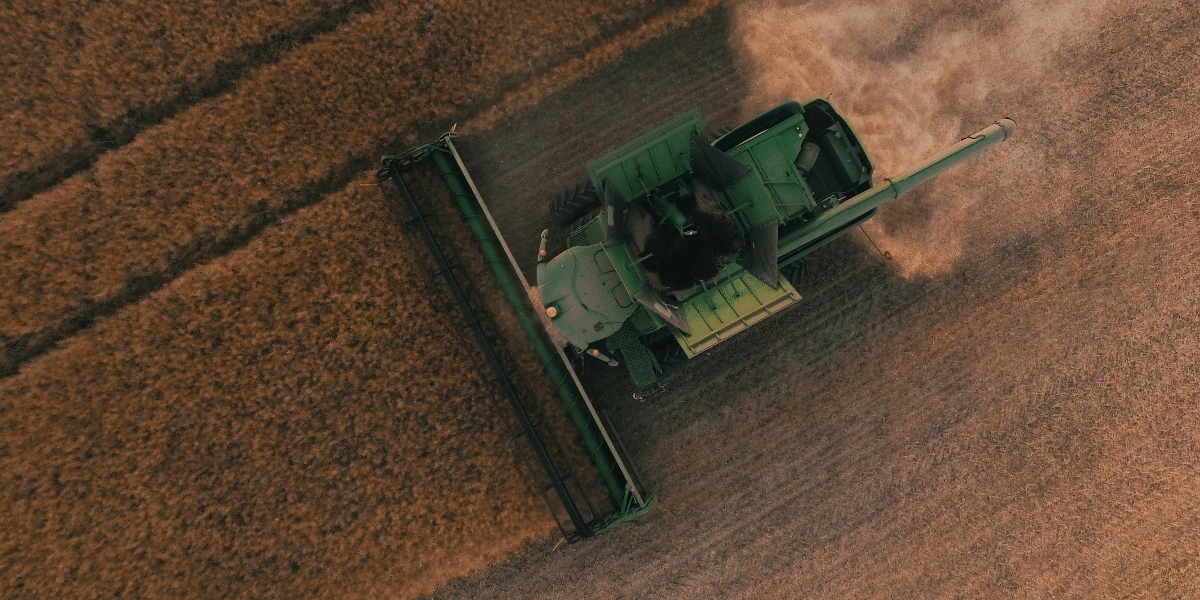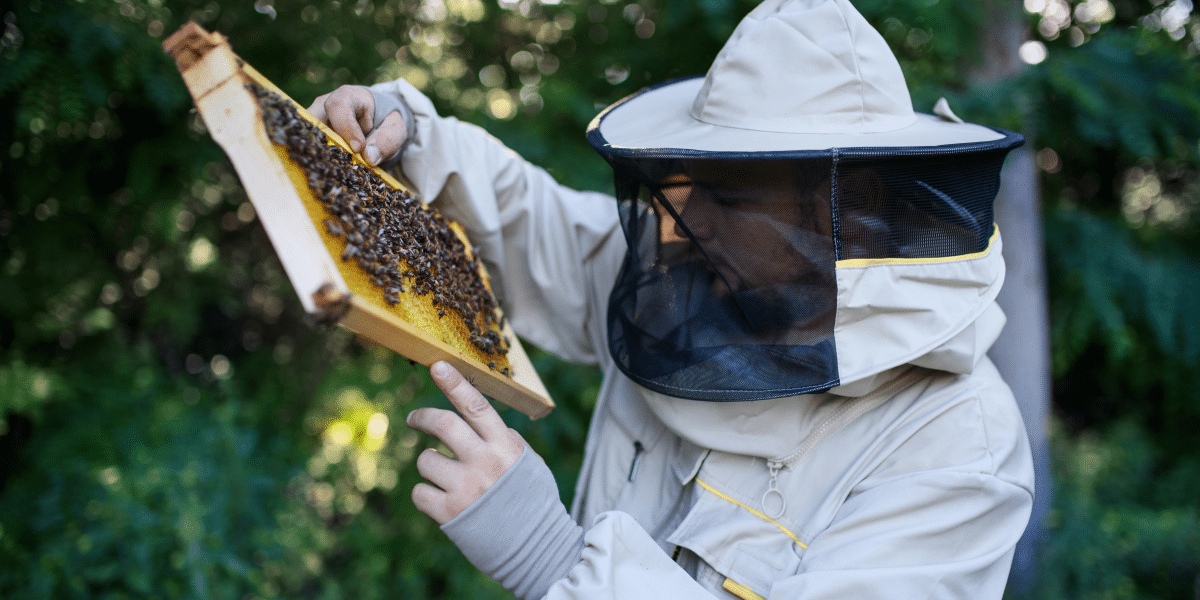Growing crops is not only essential for food production but also plays a significant role in environmental sustainability. Farmers face the challenge of increasing crop yields to meet the growing demand for food while minimizing the environmental impact of agricultural practices. Bryan Winquist, an Environmental Health and Safety Manager with a passion for agriculture, understands the importance of balancing productivity with environmental conservation. This article explores some practices for maximizing crop yields while minimizing environmental impact.
Implementing Sustainable Farming Methods
Sustainable farming methods focus on preserving natural resources and promoting biodiversity while maintaining or increasing crop yields. Practices such as crop rotation, cover cropping, and reduced tillage help improve soil health, reduce erosion, and minimize the need for synthetic fertilizers and pesticides. By adopting sustainable farming methods, farmers can enhance the long-term productivity of their land while reducing their environmental footprint.
Utilizing Precision Agriculture Technologies
Precision agriculture technologies like GPS-guided tractors, drones, and soil sensors enable farmers to optimize resource use and crop management. These technologies allow farmers to apply inputs such as water, fertilizers, and pesticides more efficiently, reducing waste and minimizing environmental pollution. By precisely targeting inputs based on real-time data, farmers can maximize crop yields while minimizing the environmental impact of agricultural practices.
Conserving Water Resources
Water scarcity is a growing concern in agriculture, particularly in regions prone to drought and water stress. Implementing water conservation practices such as drip irrigation, rainwater harvesting, and soil moisture monitoring can help farmers reduce water usage while maintaining crop yields. By improving water efficiency and reducing runoff and leaching, farmers can minimize the environmental impact of irrigation and contribute to water conservation efforts.
Protecting Pollinator Habitats
Pollinators such as bees, butterflies, and birds facilitate crop production and play a crucial role in crop production. However, habitat loss, pesticide use, and other factors threaten pollinator populations and biodiversity. Farmers can support pollinator habitats by planting flowering cover crops, creating pollinator-friendly landscapes, and minimizing pesticide exposure. By protecting pollinator habitats, farmers enhance crop yields and promote ecosystem health and resilience.
Adopting Agroforestry Practices
Agroforestry integrates trees and shrubs into agricultural landscapes to provide multiple benefits, including soil conservation, biodiversity enhancement, and climate resilience. Agroforestry practices such as alley cropping, windbreaks, and riparian buffers can help farmers maximize crop yields while minimizing soil erosion, nutrient runoff, and greenhouse gas emissions. By incorporating trees and shrubs into their farming systems, farmers can improve soil health, enhance ecosystem services, and reduce the environmental impact of agriculture.
Summary
Maximizing crop yields while minimizing environmental impact is a critical challenge facing farmers today. By implementing sustainable farming methods, utilizing precision agriculture technologies, conserving water resources, protecting pollinator habitats, and adopting agroforestry practices, farmers can enhance productivity while promoting environmental sustainability. Bryan Winquist’s dedication to environmental health and safety serves as a reminder of the importance of integrating sustainable practices into agriculture to ensure the long-term viability of food production systems. Farmers can contribute to a more sustainable and resilient agricultural future by prioritizing environmental stewardship and embracing innovative solutions.
Published by: Nelly Chavez





